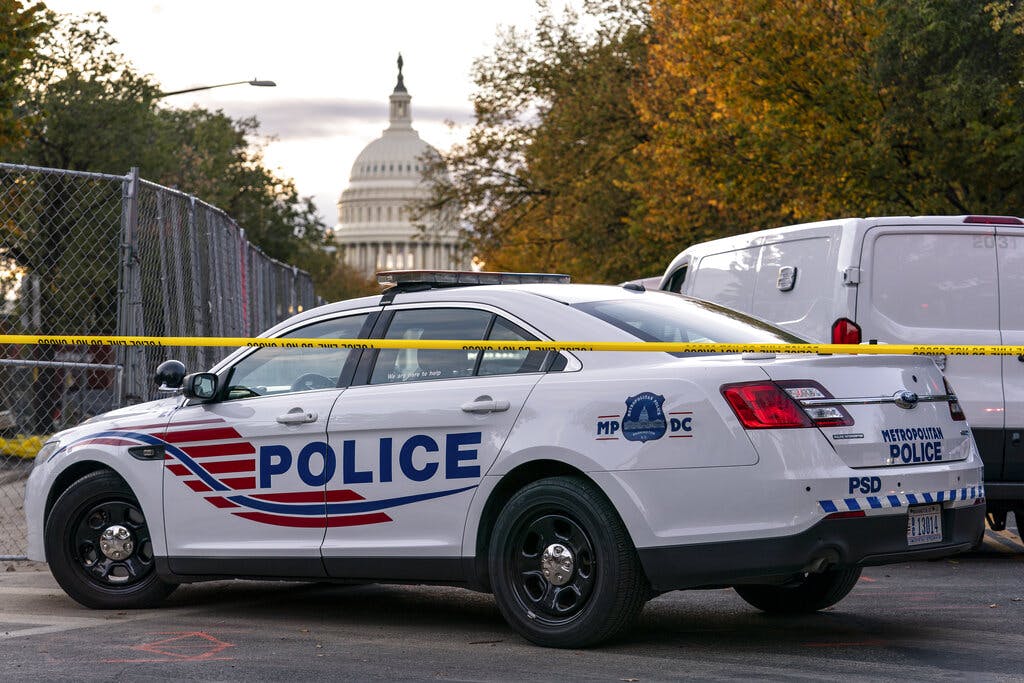With Juvenile Crime Rates Soaring, D.C. Looks To Tackle Chronic School Absenteeism
The high absence rates and a cultural shift in school attendance ‘speaks to the urgency’ of finding solutions before missing school ‘sets in as a new normal,’ one observer tells the Sun.

Leaders of Washington, D.C., are looking to address dismal school attendance rates, as nearly half of the District’s students are chronically absent from school, and juvenile crime is skyrocketing.
Last school year, 43 percent of students in the nation’s capital were chronically absent, which means they missed at least 10 percent of school days, including excused and unexcused absences. In some schools, that number is much higher, with nearly 90 percent of students chronically absent. Truancy rates, meaning accruing at least 10 unexcused absences, are also high, at 37 percent.
The city council held a public hearing on the topic on Tuesday in an attempt to find solutions as concerns emerge that students being out of school is contributing to rising crime, as the Sun has noted.
The latest numbers from the District’s police department indicate juveniles are involved in 62 percent of all carjacking arrests, and the city recently extended until February a public emergency regarding youth crime. The high crime rates — and softer penalties for juvenile offenders — have sparked concerns that organized criminal rings and gangs are recruiting children and teenagers to carry out their criminal activities.
D.C.’s high absence rates are “not in line with what we are seeing in terms of the average,” an American Enterprise Institute senior fellow who compiles absenteeism data across the country, Nat Malkus, tells the Sun, adding that because D.C. is a city its data tend to vary from states that include rural, suburban, and urban areas.
Although D.C.’s rates are higher than any state, he said, “it’s indicative of what we’re seeing across states,” where chronic absenteeism rose nearly 90 percent in 2022 from pre-pandemic rates. D.C.’s rates have fallen slightly, but “it’s not falling very quickly” and “it needs to fall faster,” Mr. Malkus said.
Hispanic and Black students have much higher rates of chronic absenteeism than other students, he said.
Pandemic interruptions and sickness contributed to absences, but the slow return back to pre-pandemic rates “suggests that it’s not as much directly attributable to Covid,” he said. “There’s actually cultural changes in schools where the expectations of showing up are just not as strong, that within families it seems like it’s less of a big deal to miss school, and there’s a lack of urgency on the part of families and students to return to school consistently.”
Although schools are aware of the issue and are attempting to intervene, it’s a “hard problem” to solve, Mr. Malkus adds, because of the cultural change in attitudes around going to school.
“Once people change their mindset, it’s pretty hard to shift it back,” he said. “But that also speaks to the urgency of getting it done now before the expectation sort of sets in as a new normal.”
Leadership on every level needs to acknowledge that “chronic absenteeism numbers are totally unsatisfactory,” Mr. Malkus said, and engage in a forceful response. A starting point is a more personal relationship between teachers, families, and students, so that when absences are high, parents hear about it from someone they know rather than “a piece of mail or some nameless bureaucrat.”
Pre-pandemic data, he added, indicate that “just coming to school regularly is associated with a lot better outcomes in schools and also social and emotional outcomes for kids.”

